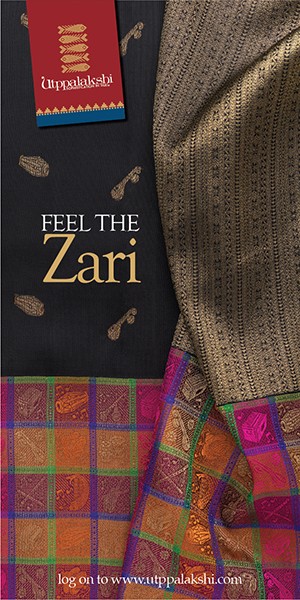Interpersonal intelligence is one of the multiple intelligences proposed by Howard Gardner in his theory of multiple intelligences. It refers to an individual’s ability to understand and interact effectively with other people. People with high interpersonal intelligence excel in social situations, possess strong communication skills, and can empathize with and understand the emotions and perspectives of others.
Drawing kolam can enhance interpersonal intelligence in the following ways:
- Cultural Connection: Kolam is a traditional art form deeply rooted in South Indian culture. Drawing kolam allows individuals to connect with their cultural heritage and share this artistic tradition with others, fostering a sense of cultural identity and community.
- Social Bonding: Drawing kolam often involves collective participation, such as during festivals or special occasions. This collaborative art form brings people together, encouraging social bonding and interaction.
- Communication through Art: Kolam serves as a visual language, conveying emotions, and expressions through intricate patterns and designs. Creating kolams enables individuals to communicate and express themselves creatively, facilitating meaningful interactions with others.
- Shared Artistic Experiences: Participating in kolam art workshops or group activities provides shared artistic experiences. This shared creative process fosters a sense of camaraderie and mutual understanding among participants.
- Collaborative Creation: In communal kolam drawing events, multiple individuals may contribute to the same design. This collaborative creation promotes teamwork, cooperation, and the appreciation of diverse perspectives.
- Cultural Exchange: Drawing kolams is not limited to a specific community, and it can serve as a form of cultural exchange between people of different backgrounds. Sharing and learning about different kolam traditions can lead to a deeper appreciation of cultural diversity.
- Empathy and Understanding: Engaging in kolam creation allows individuals to explore their emotions and artistic expressions. This introspection enhances empathy and understanding of oneself and others, fostering meaningful connections with others.
- Festive Celebrations: Kolams are often drawn during festivals and celebrations. Creating kolams together during these occasions strengthens social connections and enhances the joyous atmosphere.
- Facilitating Social Interaction: Drawing kolams in public spaces can attract the attention of passersby, leading to spontaneous conversations and interactions. This public engagement nurtures interpersonal intelligence by providing opportunities for social engagement.
- Promoting Emotional Connection: The artistic beauty and symbolism of kolam designs can evoke emotional responses. Discussing and appreciating these emotions with others further enhance interpersonal connections.
As individuals participate in this communal and expressive art form, they develop stronger social skills, empathy, and the ability to connect with others on a deeper level.
Kolam in Tamil Nadu is muggulu in Andhra Pradesh and Telangana, rangoli in Maharashtra, hase and rangavali in Karnataka, alopana in Bengal, to name a few.
Life is beautiful if we choose for it to be. Let’s draw happiness!



